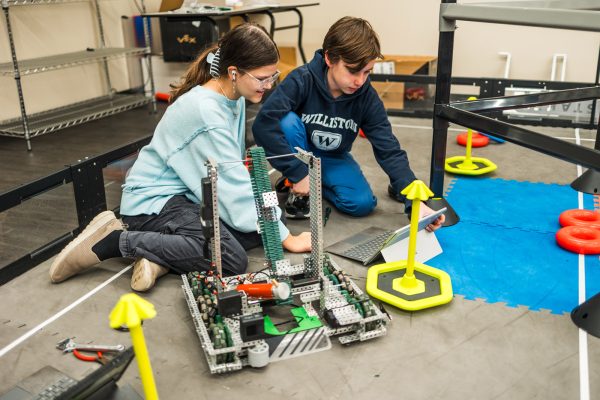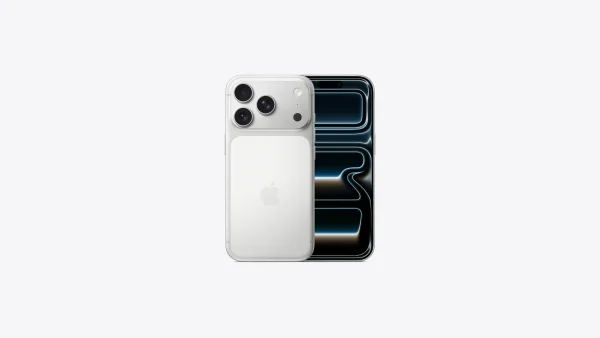The Printer Phenomenon
Scientists develop new technologies all the time. Consider the recent phenomenon Google Glass (glasses that display a computer image you interact with via speaking out loud). But what about technologies that are buried beneath years of discoveries? What about technology invented in, say, the 1980s? You think you know them all? How about the phenomena of 3D printers?
3D printers, invented by Charles “Chuck” Hull in the 80s, experienced their first big release in 1996. The machines read electronic made templates and designs and create them layer by layer, over multiple hours. Different printers work with different substances. The most common are plastics, but some work with metals and ceramics- even biological tissues and food. The substance is entered into small syringes. Some materials are simple and straightforward, like plastics. Some things however, such as food, are more complex and include different tubes of proteins, vitamins, and food pastes. Similar to a hot glue gun, the substance is melted out of the syringe and moves around to cover the shape and size of the design.
These printers, although largely used for industrial purposes, can also be purchased and used by individuals in their homes. This hobby can rack up an expensive price tag- the machine typically costs one thousand dollars or more to purchase, plus twenty to forty dollars for each syringe and the contained material. Depending on the size of the object, the amount of material can vary greatly.
Alumus Cameron Zawacki (class of 2013) built his own 3D printer in his between his junior and senior year. “The hardest part was calibrating the device” he said. “Pieces had to be exact to the nearest tenth of a mm and the temperature had to be just right.” Despite some challenges, Cameron says there were also some pieces that were extremely simple to make. “Putting the frame together was a simple as building a table. There was a learning curve with the electronics but that didn’t take too long to get the hang of,” he remembered. Cameron was able to make a vertical wind turbine for an AP integrated science project and a desk statue for Dr. Lipp because he retired with his printer.
So what does this mean for the future? Cameron believes 3D printing will play a large and important part of the future. “In the home they can make it possible to fabricate broken objects and make tools and toys. In the industry more industrialized ones can use materials more efficiently. For example vehicle parts for cars of planes could be made with hollowed out structures with complicated supports that weigh less and increase fuel efficiency” he says. Throughout planning and executing this process, Cameron cited the Henry Ford quote: “You can’t build a reputation on what you are going to do, so I built it,” he said. Cameron is now at the University of Pennsylvania and planning to dual major in both Mechanical Engineering and Computer Science.
For some people like Cameron, 3D printing means a fun hobby, nothing more. For some it can change their entire lives. Emma Lavelle was born with a rare condition called arthrogryposis multiplex congenita (AMC). Her legs were up by her ears and her shoulders were inverted, making it impossible to move her arms. After undergoing many surgeries, Emma’s parents learned about the WREX (the Wilmington Robotic Exoskeleton), a device made of metal bars and flexible bands. Emma was two years old. By slipping her arms into it, Emma’s parents watched in amazement as Emma was able to lift her arms, eat, and play. The only problem was the machine’s weight and size. That is where the 3D printer came into play. They were able to reconstruct the WREX using a lighter plastic and smaller design via 3D printing. Now Emma refers to the WREX as her magic arms and is steadily developing.
Scott Crump (CEO and chairman of Stratasys, a 3D printing company) is optimistic about the role of 3D printers in the coming years. “As more people become aware of the possibilities of 3D printing, its impact outside of traditional manufacturing and design realms will continue to grow,” he said.
The future of 3D printing is also worrisome for people. Since the designs are endless, what will that lead to? Everything from harmless spoons to deadly rifles can be created with this technology.
Who knows? 3D printing might just change the world.
Ava McElhone Yates '17 is the Editor-in-Chief of The Willistonian for the 2016-2017 school year. She is from Easthampton, Massachusetts and has been...







